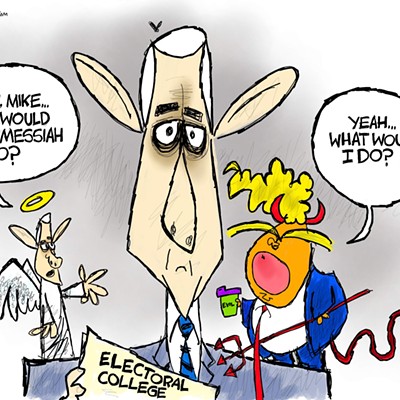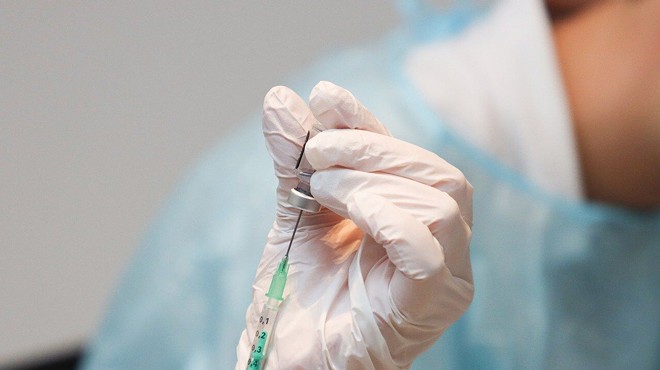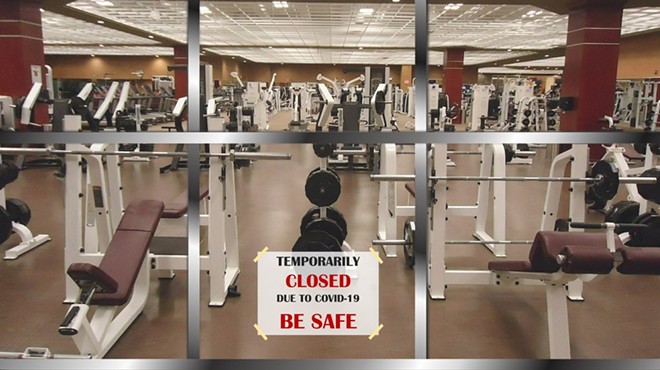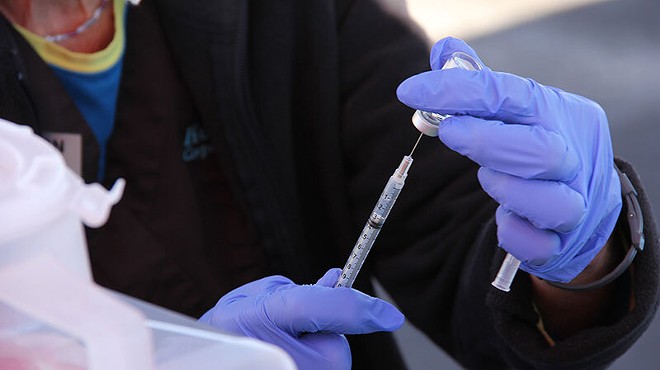Tuesday, January 5, 2021
Balancing act: Olympic athletes try to ramp up training, avoid injury after COVID-19 delay
PHOENIX – Arizona State swim coach Bob Bowman has faced many challenges throughout a nearly 35-year-long coaching career, a portion of it guiding Michael Phelps, the most decorated Olympian.
However, Bowman never had to navigate the postponement of the Olympic Games and all of the potential ramifications of the delay.
Welcome to sports in the COVID-19 era.
When the International Olympic Committee announced in March that it was postponing the 2020 Tokyo Olympic Games, which were to take place July 24-Aug.9, because of the global pandemic, it left Olympic hopefuls and their coaches searching for the best ways to proceed with training.
The Games are now scheduled to unfold from July 23-Aug. 8, 2021.
Olympians face enough challenges while training to arrive at the Summer Games in top form, even without the added obstacle of a postponement. There is little precedent for them to know how to prepare for an event they have worked toward for four years when their plan is suddenly pushed forward a year and at a time when people are discouraged from gathering.
Disruption to the body
Many things that are normally in an athlete’s control are now unknown, including the way their body might react to such an abrupt change in training for the biggest international sports competition.
Olympic athletes commonly plan out their training four years in advance and slowly ramp up intensity as the games get closer to peak physically and mentally at just the right time.
According to a 2014 study examining the training and peaking of gold medalists prior to competition, a correctly executed peak can “dramatically increase the odds of winning gold at a championship event for an individual athlete with finalist potential.”
Many athletes were close to that perfect peak when the pandemic took hold last spring and the athletes and their coaches face the tricky proposition of training to return to peak fitness while minimizing the risk of injury.
Athletes’ bodies become physically deconditioned when muscle groups aren’t used to a certain volume and intensity for a stretch of time, causing muscles to lose mass, strength and flexibility.
According to a blog from Bon Secours Sports Performance, a sports clinic based in Virginia, trainers suggest athletes re-enter training slowly, taking about four to six weeks ramping up to peak intensity to decrease risk of injury.
“Everybody is kind of at a different stage. If someone’s fitness level was down from what they normally would be to compete for their sport, then you can’t just ramp right back up to full-blown training,” said Kenny McCarty, head athletic trainer at ASU.
Bon Secours also notes that most competitive athletes would naturally be disappointed at their performance when working out after a long period of dormancy, and that could trick them into rushing to reach peak performance before their bodies ready for the intensity required.
That is something ASU thrower Beatrice Llano handled personally upon restarting her training in her home country of Norway when she suffered a minor injury to her hip, something she said has now healed. But she admits that she and her training group started “a little bit too hard.”
“Because we were like ‘All right, back into winter training, got to load it up, got to lift heavy, got to throw a lot,’” Llano said. “I did, for sure, get a bit too motivated to get fit and get strong.”
Coaches now understand that reality as well.
Bowman, ASU’s swim and dive coach, described coming back to training as an “emergency fitness phase.” He used a metaphor of a savings account representing athletes’ fitness, saying it had been drained.
Bowman said this past semester that he was concerned about getting his athletes “back into a fitness level after having, really, missed an unprecedented amount of time over the summer,” adding they would have a “long buildup” through the end of the year.
Zeke Jones, ASU wrestling coach and Olympic silver medalist, said the training programs developed for wrestlers vying for Olympic competition has been shifted to peak next August.
Wrestling competition in Tokyo is scheduled to run from Aug. 1-Aug. 7.
“The annual plan says, ‘We need to build our strength first, then we build our endurance, then we start to build power and speed,’” Jones said. “So, we have had to start over and go through the progressions of periodization.”
Jones said he has no concerns over potential wear and tear of wrestlers as they return to competition, adding their training programs are built with “deloads,” or periods of minimal physical exertion to rest the body, as part of the plan.
Attempting to anticipate the unknown
When the coronavirus pandemic struck the world, it forced many athletes to decrease their training as local mandates limited the availability of certain facilities.
An optimal scenario for an athlete would be to taper off training slowly to preserve as much of peak fitness as possible. But with many having to handle stay-at-home orders, tapering off simply wasn’t possible.
Instead, the pandemic led to a complete stop from June until fall for ASU hurdler Cortney Jones, who has qualified to compete in Olympic trials next June. Jones said if she had kept training she “would’ve been burnt out by the time the season started,” adding she was thankful for the time off.
It still remains to be seen whether there will indeed be an Olympics in 2021. Factors such as the prevalence of COVID-19 around the globe, and whether an effective vaccine has been developed and distributed to enough of the population in time to conduct the games, are among the considerations.
Yet on Monday, Japanese Prime Minister Yoshihide Suga said his country was committed to holding the Olympics, adding it would be “proof that people have overcome the coronavirus.”
Athletes are doing their best to stay focused.
“It’s like, how do you prepare for something if you don’t know it’s going to happen?” Cortney Jones said. “So, you can try to stay on the same regimen, but at the back of your head, if you’re doing all this training and we don’t have any meets, how am I going to be properly prepared?”
While injuries occur every Olympics regardless of time off, it could increase with such a long layoff. In the 2016 Olympics, 718 athletes reported injuries according to a 2018 study of over 11,000 participants. The study also found 140 of those athletes reported two or more injuries.
Similarly, a 2019 study regarding the 2018 Winter Olympics indicated that 376 of nearly 3,000 athletes reported injuries.
Coaches and athletes are looking out for just how well their bodies can adapt to high-intensity training after such a long period of dormancy, knowing that athletes could react differently to the same conditions.
“You can’t simulate that kind of stuff – no matter all the weight-lifting, the conditioning,” McCarty said.
He said the long break from sports might have helped athletes recover from lingering ailments they previously did not have time to recover from. Again, Cortney Jones is a prime example.
Jones said she was able to rehabilitate nagging injuries to her hamstrings and the arches in her feet during the offseason — muscle groups that are crucial to performing well in the hurdles.
She said the opportunity to recover from those injuries places her in a position to “focus to tweak the things that can get me to Olympic trials, can get me to finals, can get me to the Olympics.”












